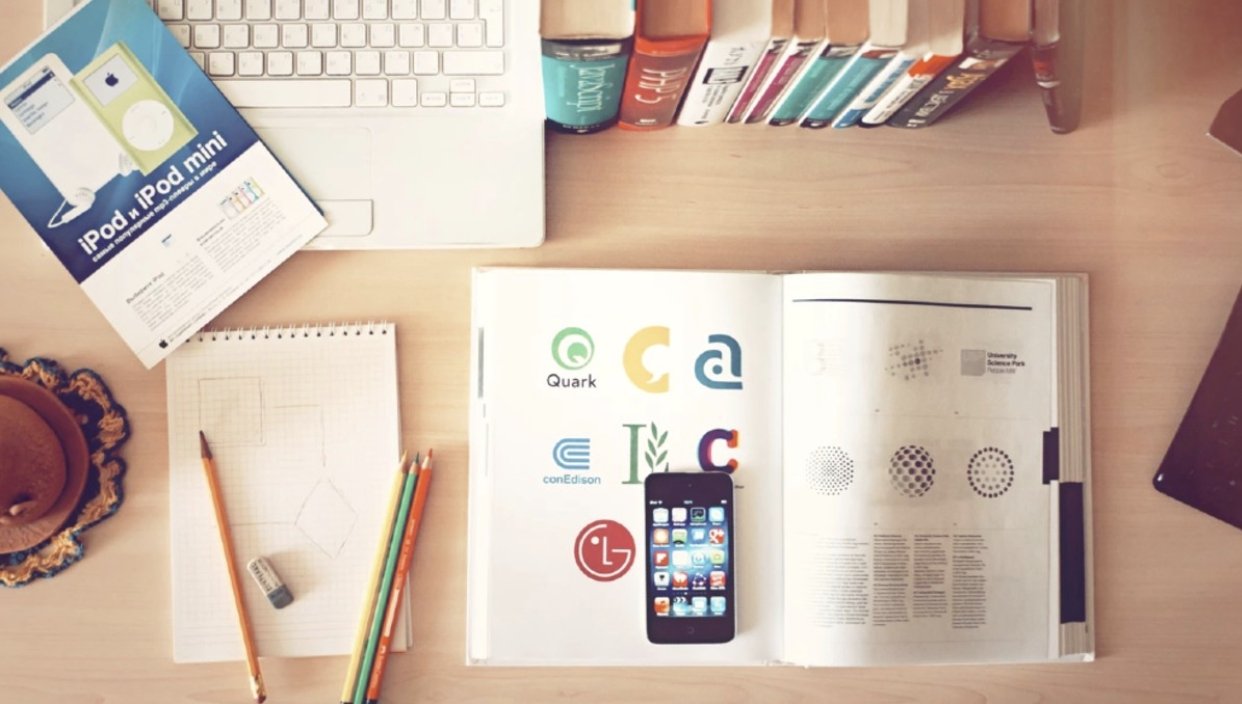Amping Up Design With Creative Materials

As software programs improve, it feels as though there are fewer and fewer limitations on what can and cannot be created. Things that can be imagined can become wild and eye-catching designs on the screen. One of the biggest limitations, surprisingly, is the printing technology needed to take those amazing designs and turn them into high-quality representations in the physical realm. Fortunately, there are some unique solutions out there that provide greater flexibility for graphic designers and artists, but also for anyone looking for more eye-catching marketing efforts. The advent of things like white printer ink and waterproof paper gives you more options than ever before when it comes to making marketing materials.
Who knew printing in white was difficult?
One common way to make sure print stands out on a field is to use boldly contrasting colors. But white ink was not available, or not commonly available for most printers, so the notion of reverse printing became a handy tool in any creator’s arsenal. It’s a method of printing around spaces on white paper to give the appearance of a colored background and white text — or text the color of the paper. It’s as good a workaround as any, but there are two big downsides. First, there’s the limitation on detail work, depending on a printer’s capabilities. Secondly, and more importantly to many, that method of printing can be prohibitive in terms of material use and in terms of expense.
Consider how much ink goes into printing a logo that is entirely red with one small white word in that sea of color. Not only do you have to worry about the ink bleeding and leaving you with less than perfectly sharp lines, but that’s also a lot of red ink. If it were possible to print in white, you could achieve the same effect much easier with a sheet of red paper. Now consider how much more a design might pop if you could wield white to provide outlines and detailing without needing to print a full background of colored ink!
Most printers these days use a four-station setup, which is why printers don’t print in white. The four stations are for cyan, magenta, yellow, and black — thus the common printer term CMYK. The CMYK system is subtractive, meaning it starts with a base of “all colors,” or white, and subtracts colors from that base to achieve the desired result. In printer technology terms, white is read as 0 cyan, 0 magenta, 0 yellow, and 0 black. The up-side is that the CMYK system allows printers to provide a much wider range of color gradation. The downside is that trying to print in white simply tells your printer to not print any ink. It’s effective enough on a sheet of white paper, but if you try the same result on a colored sheet of paper, anything that is supposed to be printed white will simply not get filled in.
An Alternative To Reverse Printing
As you can imagine, this system is great for most printing needs, but it does pose a big limitation when it comes to turning amazing graphic design work into real-life products. For a business that wants to print a colored-and-white logo on a colored object, printing technology often limits that desire to using patches or stickers instead of printing directly onto the object in question. Fortunately, this is changing. CMYK printers are being fitted with a fifth and occasionally sixth station, allowing printers to print white ink (and metallic ink, so you can print options like gold and silver) instead of simply printing an absence of ink. This opens up a huge amount of creative freedom for designers — and offers the opportunity for some big cost savings for businesses.
Amping Up Designs Effectively
Whether you’re looking to update your logo or create some holiday-specific branding, being able to print with white and metallic ink opens up new avenues for creation that weren’t available until recently. Now, you can print that menu of white text on a dark background and substantially cut down on the amount of ink needed, as well as the likelihood of the ink running and the cost to print with that much color. Now, you can grab waterproof paper in the desired color and simply print white text on it. For high-use industries like restaurants, in particular, this is a boon because it means the designs can be sharper and more eye-catching without worry that the dark ink will bleed into the ink-free white areas over time.
The availability of white ink also helps boost the use of metallics. Before, metallic ink relied on white underneath, so if silver was printed on green paper, it would come out looking dull. Now, using white ink means that metallic colors can be printed with a white underlay that will ensure the pop, no matter what color material they are printed on.
Choosing Alternative Materials
Stepping away from traditional paper products is another great way to create eye-catching marketing materials. With options like TerraSlate waterproof paper, posters, flyers, and adhesives, you can easily make signage, stickers, and whatever else you want for marketing purposes and not worry about how your logo will appear. Our waterproof paper works like traditional printer paper in that it can be used with the typical laser printer or copy machine. More importantly, it is totally colorfast and rip-proof without any additional finishes or processes. This gives you the benefit of high-quality, detailed prints on materials that can handle a lot of wear and tear without fading or falling apart.
Create everything from waterproof menus to durable adhesives to in-store signage that is bold and unique. We offer our waterproof paper products in a range of colors, sizes, and weights so you can get the look and feel you desire — without limiting your design creativity. Explore all of the amazing features and benefits of our waterproof paper, and shop online to amp up your marketing creativity!






